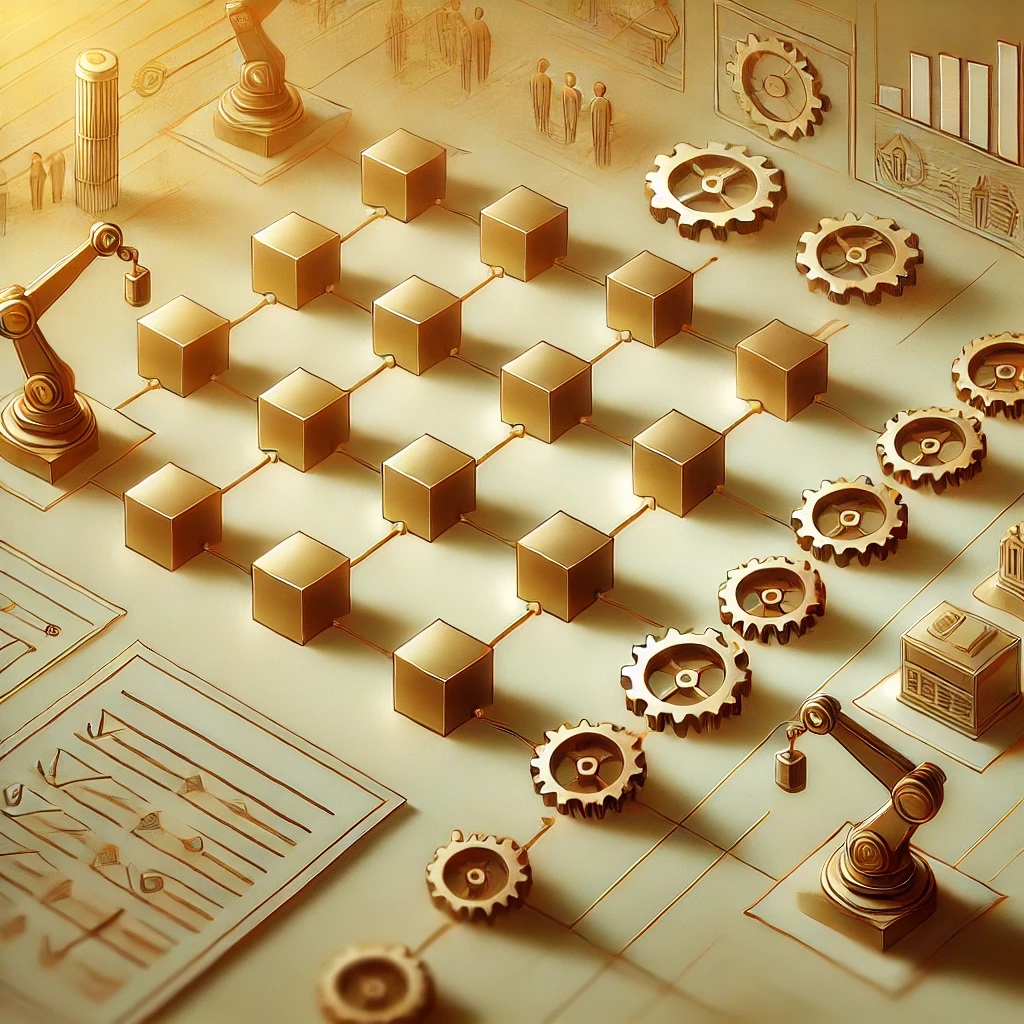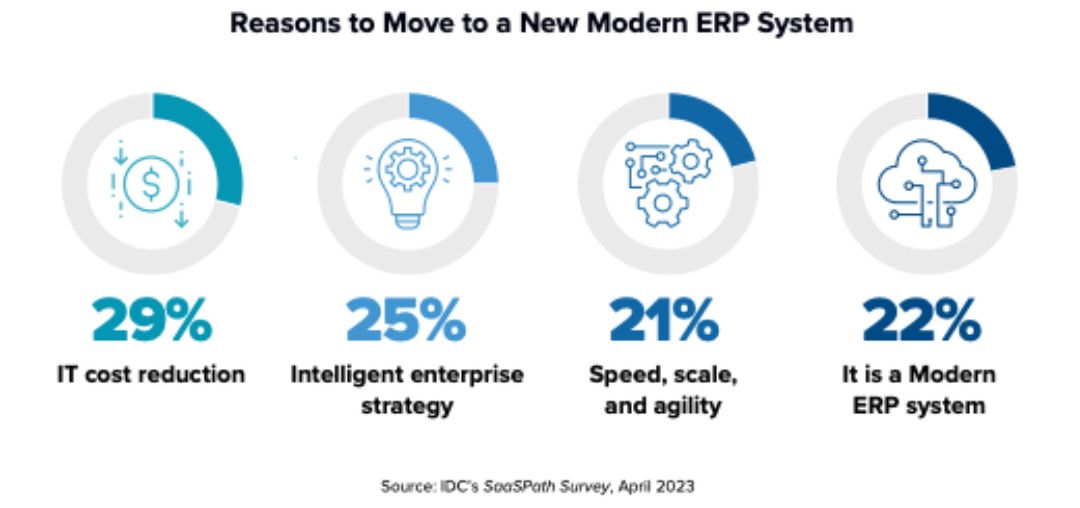Insights and perspectives
Clean Core ERP Design

Clean Core ERP Design approach fostering ERP standards adoption
How to maximize business coverage by IT solutions while ensuring their total versatility and optimized maintenance costs ?
An applicative landscape architected with standard technologies and solutions is simpler to maintain and easier to advance. Standard adoption relies on choosing solutions relevant to business requirements leveraging harmonized data models. Versatility is based on frequent rapid deployment of newer solutions versions, especially when enterprise architecture allows seamless integration of SAAS solutions

According to IDC’s SaaSPath Survey in April 2023, in the next 3 years, 44% of organizations will significantly invest in ERP systems and 41% plan to replace their ERP systems. Organizations investing in or switching to a new ERP system have the following main reasons to move:
Deploying a “Clean Core” approach on the ERP system helps achieve these goals. “Clean Core” means that all the data used and produced by the ERP is based on its own standards: configuration standards, master data models standards and transactional data models standards. No customizing or standards misuse pollutes the ERP functionalities. The adoption of these standards thus allows continuous improvement of deployed processes, rapid addition of new functionalities, and seamless integration with complementary expert systems.
Scalability
An ERP system based on a Clean Core approach is easier and less costly to maintain.
ERP is more responsive to changing business requirements. Modifying an existing business process consists in:
- Configuring new process variants without damaging existing process variants;
- Enabling new attributes in data models without corrupting attributes already in use.
The deployment of these evolutions is faster and less risky. Compliance with the standard offers a first level of guarantee regarding regressions. The whole evolution cycle is shorter. It requires less workload and less specialized technical expertise: no customizing has come to deviate from the reference standard behavior of the ERP, any skill mastering standard configuration standard can cope with ERP evolutions and maintenance.
ERP remains open to upgrades and technological innovations.
Their respective contributions can be tested and then made permanent. The contributions retained are included in more frequent evolution trains with variable scopes.
In particular, the “Clean Core” ERP can be easily integrated with SaaS or cloud-enabled applications. These applications add on top of the ERP a functional layer empowering users with greater flexibility to work anywhere, at any time and on any device.
More broadly, the “Clean Core” ERP becomes a component of a cloud-friendly extension framework that can be leveraged with composable capabilities to deliver quick business benefits.
APIs and microservices architecture
The “Clean Core” ERP is the center of gravity of the enterprise architecture.
Satellite applications enrich data model standards set by the “Clean Core” ERP.
Satellite applications add attributes that are specific to their field of activation (e.g. location data in a WMS). Enterprise architecture becomes modular and composable: it is based on a collection of loosely coupled services that are independently deployable and organized around business capabilities.
The backbone of the data models is shared between the ERP and the satellite applications.
This repository of data models is the basis for exchange standards between applications. It is recognized and used in APIs and micro-services available natively in the ERP and in interconnected applications. The use of these standardized exchange modes simplifies the deployment of an interconnected system and paves the way for the industrialization of exchanges within an urbanized integration architecture.
In summary, integrations and APIs facilitate increased automation by streamlining data flows in-between applications.
Continuous improvement
Automation contributes to improving organizations’ efficiency.
Automated workflows enable faster tasks completion, reduce human errors, capture more critical operational information, make information available real-time. They enhance organizations’ abilities to make decisions based on unfaulty data at the right time.
In addition to automation, Artificial Intelligence and Machine Learning help streamline business processes providing greater insights. More specifically AI and ML can detect and deploy repeatable workflows based on real-time data improving user experience.
Eventually organizations can leverage business process modeling and business process mining tools. Connected to “Clean Core” ERP, these tools can help organization identify productivity pits and compliance deviations. Further more these tools can also help organizations bench their business processes performance with Industry good practices pertained in these tools.
Organizations benefit from a “Clean Core” ERP approach as they can continuously upgrade, adapt, change and innovate.
Single source of truth
Data quality and availability are improved: there is one standardized version of the truth.
Business processes collect, leverage, and create data in the various interconnected applications they pass through. This data is sourced into the applications that control it. They are consumed by “client” applications according to harmonized exchange patterns within an urbanized enterprise architecture. Data is not duplicated between different applications to ensure business process continuity. Data integrity is thus preserved.
Within an urbanized enterprise architecture based on a “Clean Core” ERP, data is made available to third party applications in a timely manner. Data is originated from controlling applications. Data availability is event triggered. “Client” applications consume data made available at the right time. Business process execution and data availability are time synchronized: process leverages the latest data available.
Better execution with improved data quality and consistency allows more reliable forecasts and intensified use of IA and ML.
Conclusion
Legacy systems hinder organizations from swiftly meeting the challenges of today’s digital world. Adopting a “Clean Core” approach to renovate the ERP allows organizations to have a modern, scalable and interconnected platform. This means the system can be maintained in an easier and faster manner and typically brings a lower total cost of ownership. The “Clean Core” approach leverages standard ERP codes and data models, integrations with second tier applications are predictable.